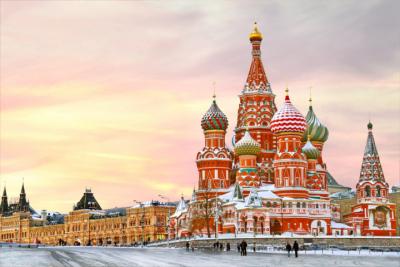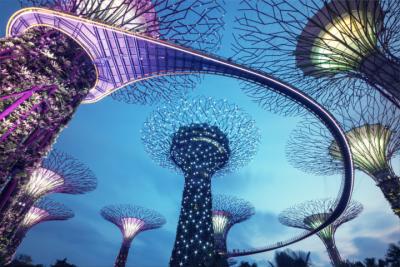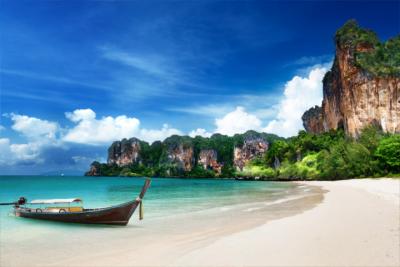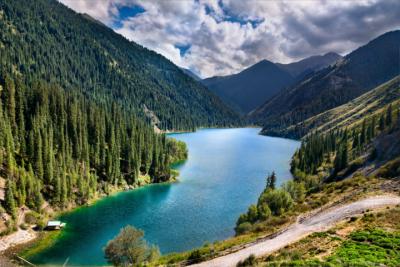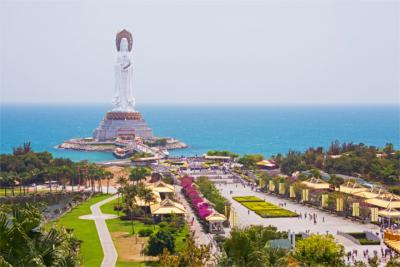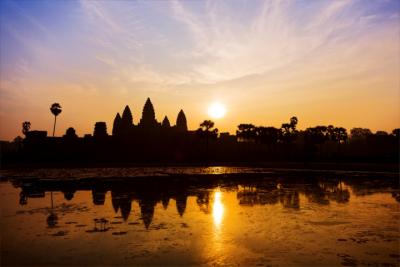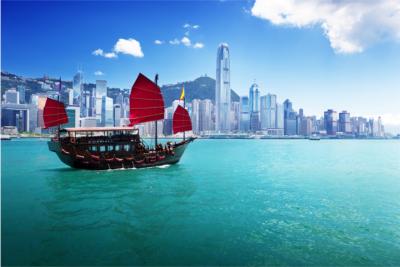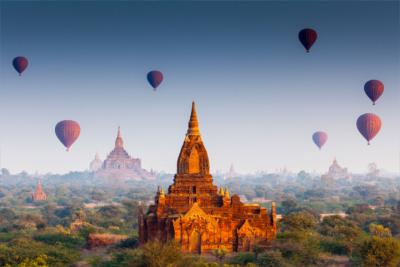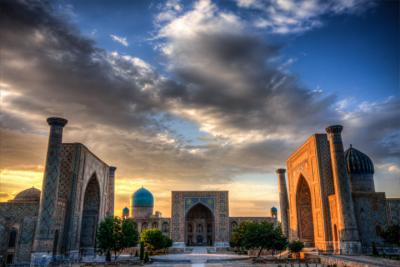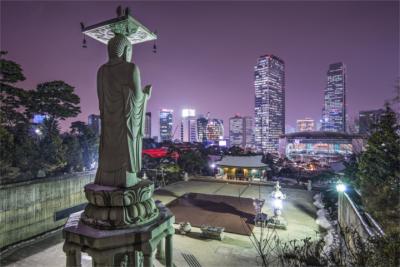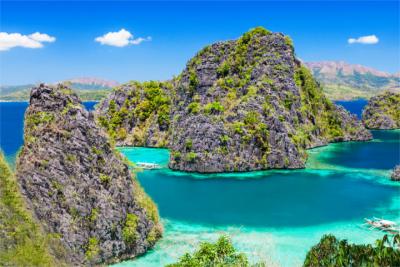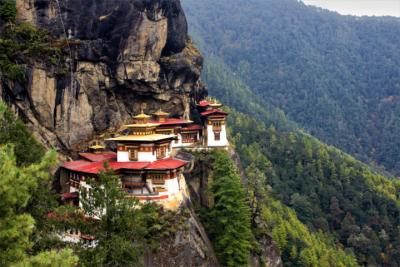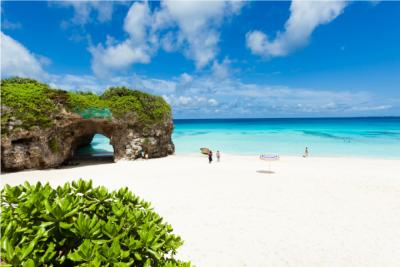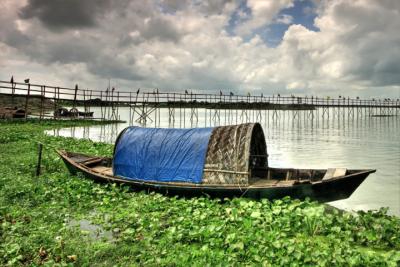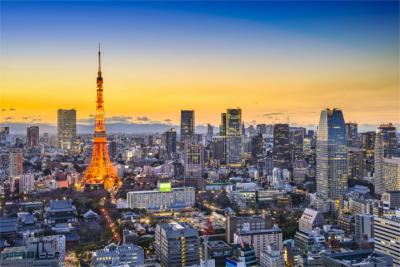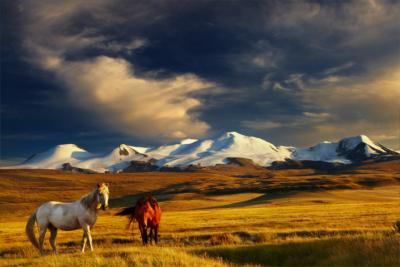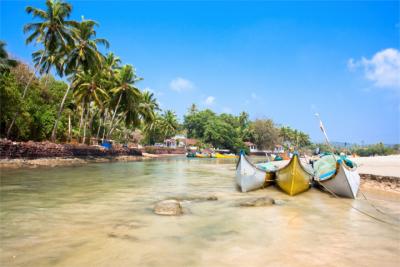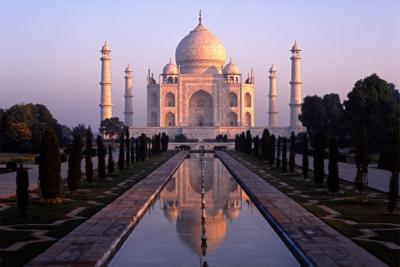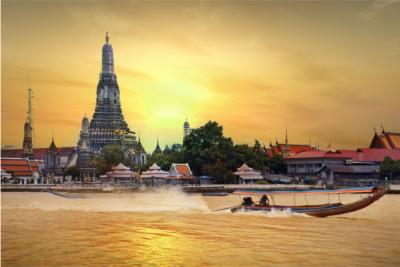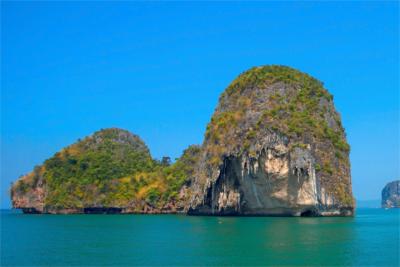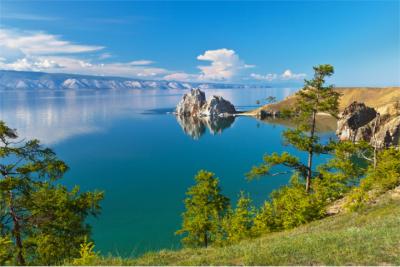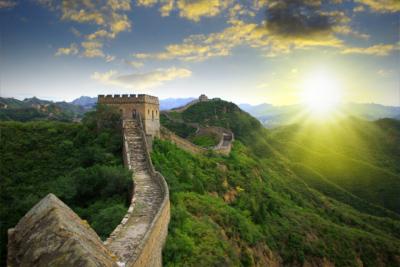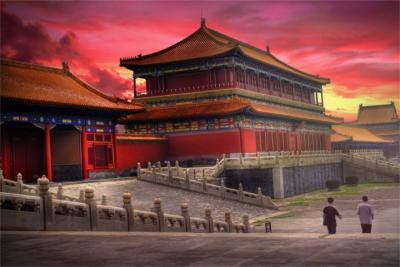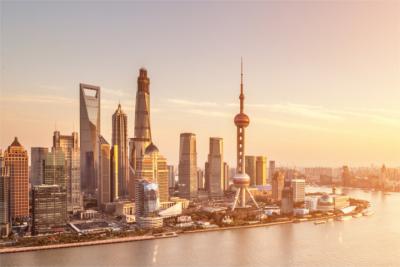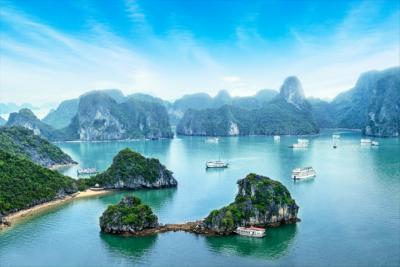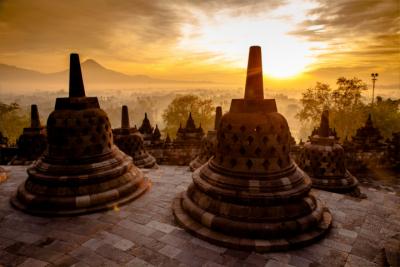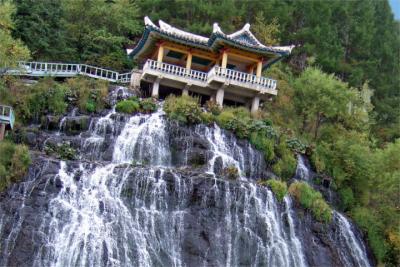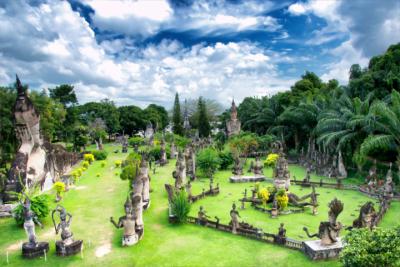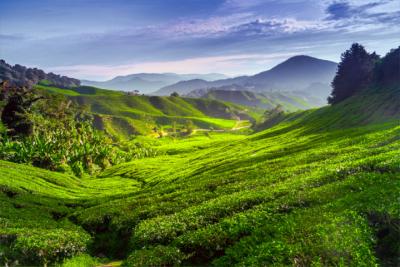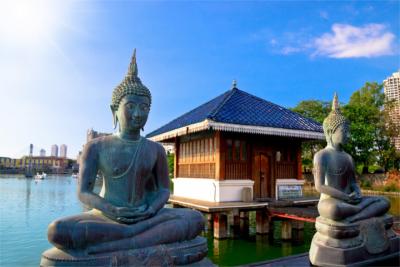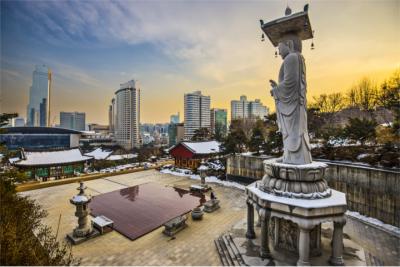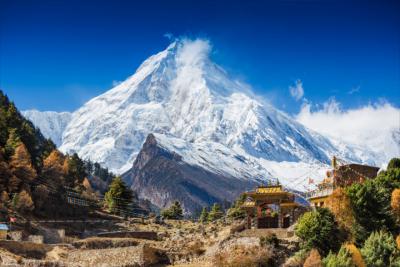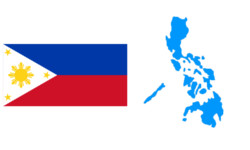Travel Offers
Travelmyne Featureprint
Distance
Philippines - The Country of Island Adventures
Adventurers and thrill-seeking travellers find over 7,000 islands when they visit the archipelago of the Philippines. Only a few of them are inhabited. The others are waiting to be discovered. Exotic animals and lush tropical forest make the islands the ideal destination for travellers of all ages.
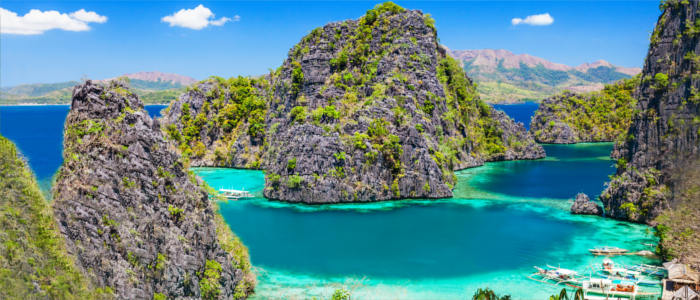
Geography - In the Western Pacific Ocean
The island world of the Philippines is located in the north-east of Malaysia in the middle of the Pacific Ocean. The archipelago comprises 7,107 islands but only about 3,000 of them have names and less than 900 islands are inhabited. Most Filipinos life on eleven islands. The country can generally be divided into three island groups: the Luzon in the north, the Mindanao in the south and the Visayas in the centre. The latter is of particular interest to tourists. Manila, the country's capital, is located on the island of Luzon. Other great islands are Mindanao, Mindoro, Panay and Palawan. The climate is tropical. It is hot and humid throughout the year. It can get subtropical in the higher mountainous regions. The average yearly temperature is between 24 and 31 °C. The rainy season lasts from July to December. Strong typhoons and tropical storms occur relatively often.

Nature - Diversity as far as the eye can see
Water buffaloes, parrots and crocodiles, snakes, turtles and tarsiers are only a few members of the Philippines' extremely diverse fauna. In addition, there are over 14,000 plant species, for example gigantic lilies and tropical wood. Almost a third of the islands' area is forested. Mangroves, pine forests and mountain rainforests are very common. The archipelago's landscape is tropical in every respect. Wonderful beaches, giant coral reefs, colourful schools of fish and beautiful natural lakes make the archipelago an appealing destination. With over 36,000 kilometres of coast, the Philippines even surpass the USA. Other natural attractions are waterfalls, remote grottoes, magical caves and vast rice terraces, which are often called the eighth wonder of the world. However, living on the Philippines also means facing the dangers of nature. The archipelago is part of the Ring of Fire. 18 active volcano keep the islands' inhabitants in suspense to the present day. The most active ones among them are Mount Pinatubo and Mount Mayon, which both lie on the main island of Luzon.

Natural sights - In a different world
One reason for a trip to the Philippines is without doubt the country's great beach scenery. No place is more than 200 kilometres away from the sea and every island has its own dream beaches. Examples are the island province of Palawan, which is popular with travellers, and the east coast of Mindanao. Other remarkably beautiful locations are El Nido Bay and the snowy white sandy beaches of Calangaman. However, the Philippines offer much more than sun, sand and sea. Besides the impressive Banaue Rice Terraces, the Chocolate Hills have their very own charm and are a popular photo scene. The same is true of the volcanic crater in Lake Taal. The volcano of Mount Mayon (2,462 m) is a popular destination and looks even more magnificent because it is surrounded by a flat landscape.
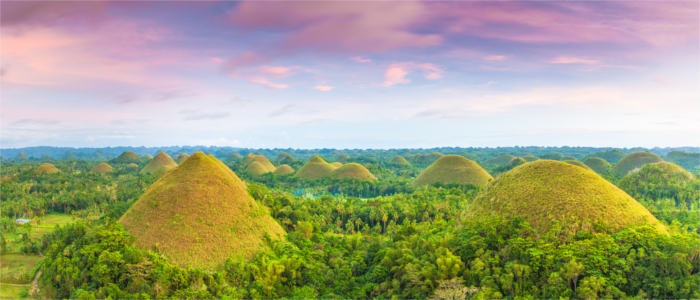
Culture - The country of the Filipinos
Ruy López de Villalobos is known as the archipelago's discoverer. He named the islands "Las Islas Filipinas" after King Philip II of Spain. The inhabitants still call themselves "Filipinos" and remember their country's history. The major part of the population lives on eleven islands. Manila is the country's capital as well as one of the most important urban and economic centres. Old values and traditions are maintained as well. Rice cultivation on terraces is common to the present day and an important source of income in the rural regions. 81 percent of the country's population are Catholic, which makes the Philippines one of the two Asian countries which have Christian faith (the other one being East Timor). This is also reflected in the architecture. The Filipinos are considered very friendly. They are open and cordial towards visitors. Family life plays a major role hear. If you are travelling the country with your children, you will be welcomed with open arms everywhere.
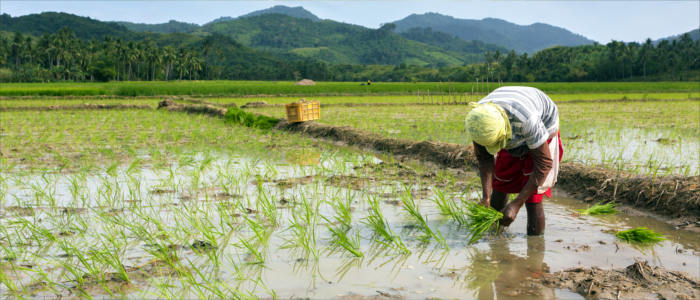
Cultural sights - Visiting Manila and Cebu
Manila is the Philippines' heart. A wide range of museums, lively inhabitants and an interesting mix of tradition and modernity make the capital a popular travel destination. Joggers and sports fans meet in the Rizal Park in the early morning. Around noon, more and more visitors gather in St. Joseph Church to see the world's only bamboo organ. In the early evening, couples stroll along Roxas Boulevard near Manila Bay, which is called "Sunset Boulevard" by the locals. Cebu on Visayas is popular with travellers too. The relaxed harbour city has many restaurants, offers varied evening entertainment and is reminiscent of the time of the Spanish colonisation. A frequently visited destination is Fort San Pedro, which was built in 1565. Other typical Philippine constructions are the stilt houses at the sea. Holidaymakers can marvel at these in the region of Puerto Princesa.

Experience - Filipino cuisine
The Philippine cuisine is becoming well known and popular in the world. That is no surprise because it offers a range of delicious and fresh dishes. Seafood is served freshly caught and then grilled or steamed. Lechon, suckling pig, is eaten on special occasions such as holidays. The most common side is rice from the islands. Holidaymakers should also have fruit here. The fresh mangos are highly recommended and considered the best on earth. You can taste them in the form of juice or in pieces on the weekly markets and in the great shopping centres. Filipino rum is one of the most popular souvenirs but you can also buy seashell jewellery and products made of rattan. As soon as the sun goes down, the nightlife begins on the Philippines. Filipino music is famous across the country's borders, in the whole of Asia. Great location for partying are Manila and Cebu. Travellers will remember the vibrant club scene, the entertaining karaoke bars at the beach and the friendly people.
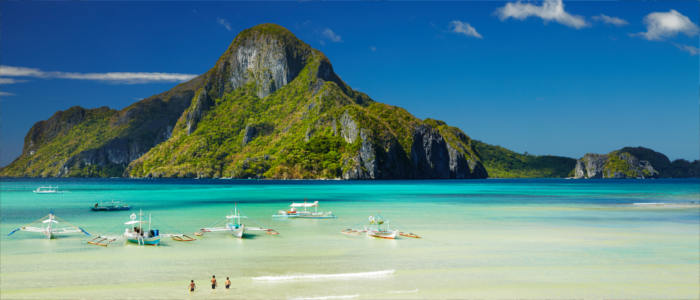
Activities - Filipino boat trips
The Philippines are a water sports and diving paradise. Crystal clear water, wonderful temperatures throughout the year and a wide range of activities make the islands popular with sportspeople and divers. Snorkellers can explore sunken wrecks and colourful coral reefs. The archipelago also has a breathtaking underwater fauna. You can watch whale sharks from February to May and see numerous dolphins around the island province of Bohol from March to July. A real experience is a ride in a traditional Filipino boat. It is a great opportunity to get to know the authentic way of living of the Filipinos and explore the island world.

Information
Due to the tropical storms and typhoons, which can lead to flight cancellations, the best time for travelling the Philippines is from January to April. If you know the English language, you will not have any trouble communicating on the islands.
The Philippines have been a well-kept secret among backpackers and individual tourists for a long time but the wonderful island paradise will not be able to hide forever. The archipelago is becoming more and more popular with package holidaymakers.

